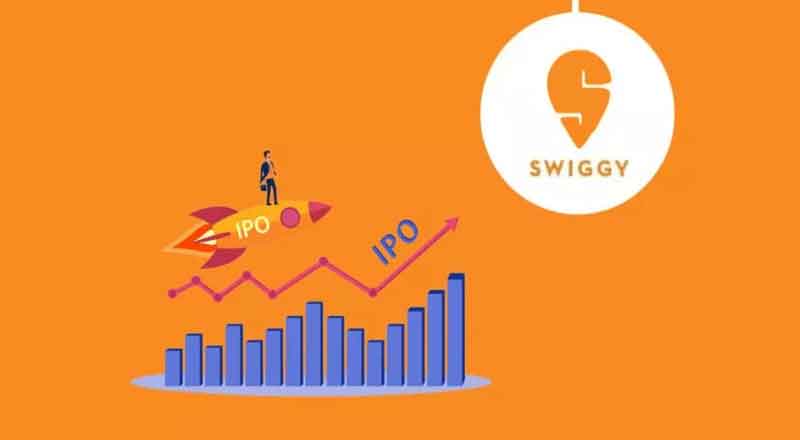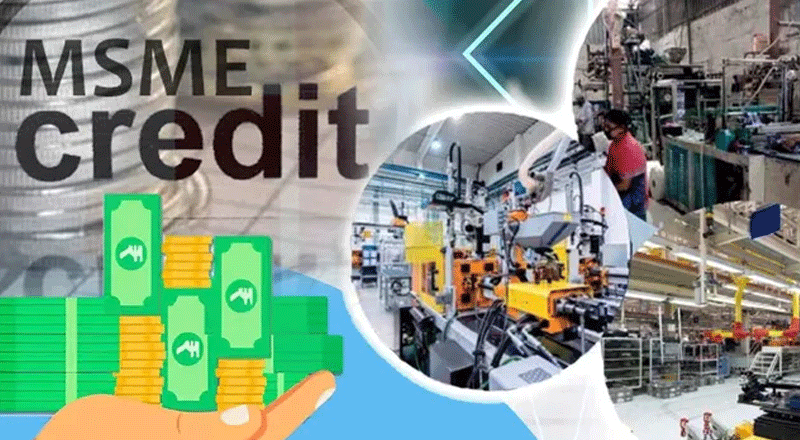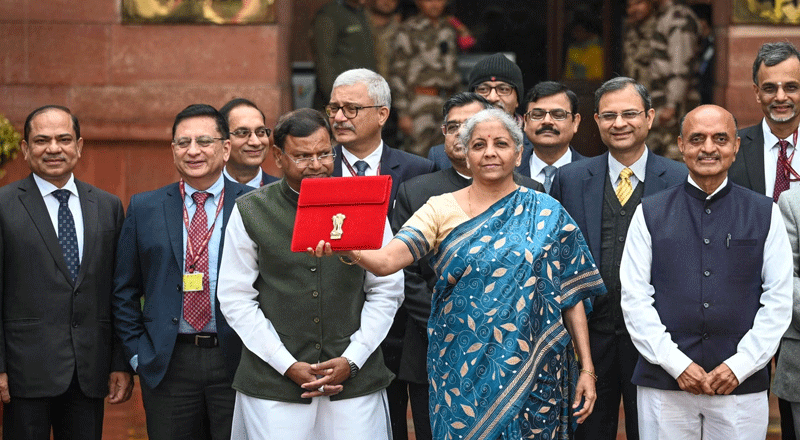India’s food and grocery delivery giant Swiggy concluded its initial public offering (IPO) on a high note, achieving full subscription for its $1.4 billion share sale. This marks one of the country’s largest IPOs of the year, second only to Hyundai Motor India’s recent listing. While retail investor interest was somewhat modest, institutional demand propelled Swiggy’s IPO to success, with the institutional investor segment oversubscribed by 131%. Despite this strong showing, market analysts anticipate a subdued debut for Swiggy on the stock exchange, reflecting ongoing market challenges and Swiggy’s own financial hurdles. The IPO underlines Swiggy’s competitive positioning within India’s food delivery and quick commerce sectors, where it remains a top player alongside rival Zomato.
Swiggy’s IPO Subscription Breakdown
The IPO drew significant attention from institutional investors, who accounted for the majority of the enthusiasm on the final day, with their portion oversubscribed at 131%. Retail investors showed a more restrained response, with a subscription rate of 97%, indicating that some individual investors may have been hesitant to buy in at this stage. The retail portion ultimately closed with a subscription rate of 105%, while the non-institutional segment reached 485%.
Analysts suggest that the substantial institutional demand for Swiggy’s IPO is driven by a long-term perspective, as institutional investors tend to focus on the future growth potential of companies rather than immediate profitability. Prashanth Tapse, senior vice president of research at Mehta Equities, stated, “Institutional over-subscription on the third day has happened as these investors generally subscribe keeping a long-term view, which looks strong for Swiggy given the duopolistic market in the booming food delivery and quick-commerce sector in India.” However, Tapse and other experts caution that immediate listing gains are unlikely, especially in light of recent market conditions.
Swiggy’s Market Position and Financial Outlook
Swiggy holds a significant position in India’s competitive food delivery landscape, second only to Zomato, which controls approximately 58% of the market compared to Swiggy’s 34%. In the quick-commerce space, Swiggy’s Instamart holds an estimated market share of 20-25%, while Zomato’s Blinkit commands a larger share of 40-45%. This market structure creates a duopoly that offers Swiggy growth opportunities in an expanding sector, despite challenges.
Despite its strong market position, Swiggy is not yet profitable. For the fiscal year ending March 2024, Swiggy reported a net loss of 23.5 billion Indian rupees (approximately $284 million), though this represented an improvement from the previous year, with losses reduced by 44%. In contrast, competitor Zomato managed to turn a profit in fiscal 2024, which bolstered investor confidence in its long-term viability. Swiggy’s ongoing losses highlight the challenges the company faces in balancing growth with profitability, especially in a capital-intensive sector like quick commerce.
Comparisons to Other Major IPOs in India
Swiggy’s IPO adds to a series of high-profile listings in India over the past few years, including Hyundai Motor India, Life Insurance Corporation (LIC), and Paytm. Hyundai Motor India’s IPO, which raised a record-breaking 278.7 billion rupees, received a lukewarm response from retail investors, partly due to high pricing. Since listing, Hyundai’s stock has declined by about 6%, underscoring the volatility faced by newly public companies in India. Other prominent IPOs, such as Paytm in 2021 and LIC in 2022, similarly highlighted the challenges of achieving post-listing gains amid market uncertainties and valuation concerns.
Market Sentiment and Analysts’ Predictions
Swiggy’s IPO arrives amid subdued sentiment in India’s broader market. The performance of Hyundai Motor India’s IPO, which saw limited retail interest and a subsequent price decline, has fueled concerns that Swiggy’s shares might face a similar trajectory. Many analysts expect that Swiggy’s listing gains may be limited, given ongoing macroeconomic uncertainties and the company’s unprofitable status.
Swiggy’s Growth Strategy and Future Prospects
Swiggy’s recent improvements in reducing its annual losses reflect a clear commitment to achieving profitability, though challenges remain. The company has been diversifying its offerings, expanding Instamart to compete in the quick-commerce sector alongside its primary food delivery service. Both sectors have witnessed robust growth in India, driven by changing consumer behaviour, increased digital adoption, and demand for convenience.
Moving forward, Swiggy will likely focus on further optimizing its operations, controlling costs, and driving revenue growth across its services. If successful, this strategy could position Swiggy as a profitable competitor to Zomato and other emerging players in India’s food and grocery delivery market. Investors will be watching closely to see if Swiggy can follow Zomato’s path to profitability or whether it will need additional time to achieve its financial goals.
To conclude we must say, Swiggy’s $1.4 billion IPO underscores the ongoing investor interest in India’s growing tech and e-commerce sectors. Despite achieving full subscription and robust institutional demand, analysts remain cautious about immediate listing gains due to Swiggy’s financial performance and broader market challenges. Swiggy’s IPO represents a significant step in its journey, reinforcing its role in India’s food and quick-commerce sectors. As Swiggy moves forward, its path to profitability will likely play a key role in its future stock performance. Investors and analysts alike are eager to see how Swiggy will leverage its strong market presence to drive financial stability and growth. In an industry characterized by competition and innovation, Swiggy’s ability to adapt and evolve will ultimately determine its long-term success.
(With inputs from agencies)





